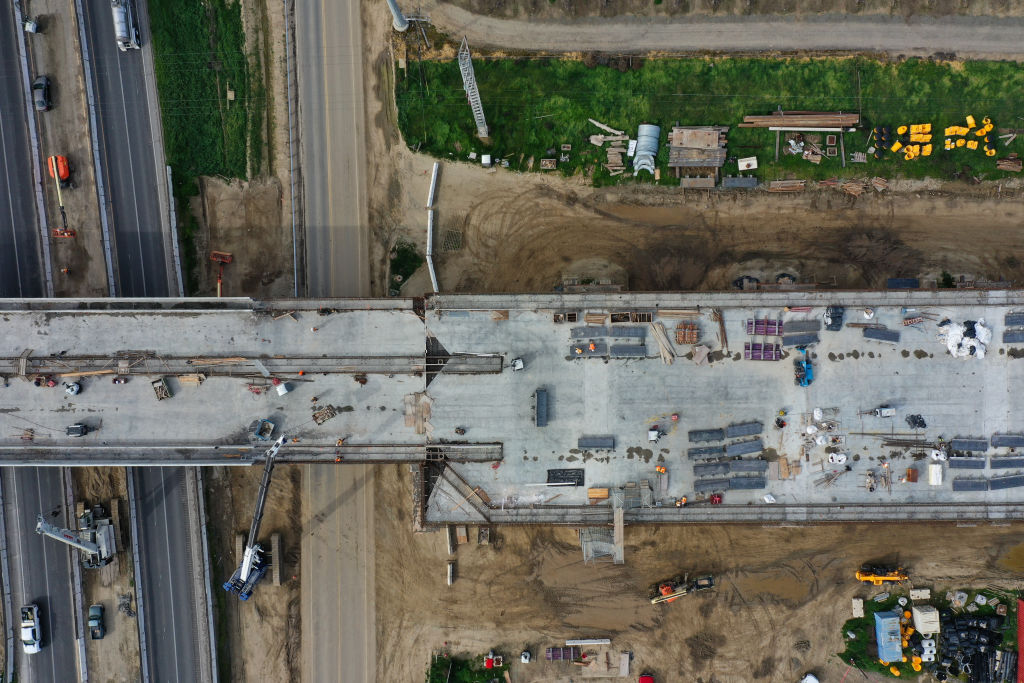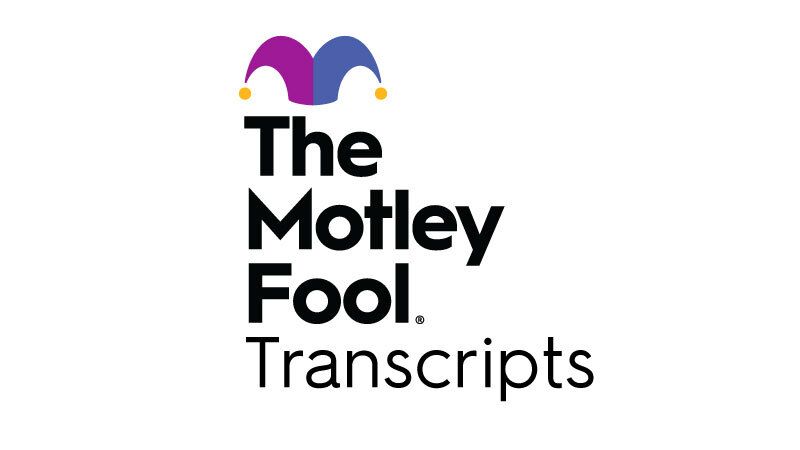Copyright truthout

As the federal government shutdown drags on, the Trump administration has doubled down on a tactic of dubious legality that it has been pursuing since January: cancelling federal funding for already congressionally approved projects in blue cities and states. Back in the summer, the administration pulled $4 billion from the California high speed rail project. It followed up a month later by withdrawing another $175 million from the project. While these cuts alone won’t kill off the project, for which California voters have already approved tens of billions of funding through raising bond revenue, they do make it harder for the state to complete vital parts of the rail system. The federal dollars were being used for everything from building stations to constructing viaducts and railway bridges. In 2019, when Donald Trump 1.0 attempted a similarly destructive maneuver against the high-speed rail system, California sued. Two years later, with Joe Biden as president, the funds were fully restored. This time around, California has sued again, arguing that the deprivation of funds, despite the project having fulfilled all the legally required reviews, is an act of political retribution — and one that puts more than 15,000 jobs on the line. In the meantime, the rail project continues, but with a giant hole in its budget thanks to the Trump administration’s efforts at punishing California for opposing the MAGA and Project 2025 agendas. During the shutdown, Trump has been expanding the punitive model nationally, losing no opportunities to go after big-ticket items in blue parts of the country, and to roll back huge public sector investments contained in Biden’s three signature legislative achievements, the Bipartisan Infrastructure Legislation, the Inflation Reduction Act, and the CHIPS Act. Between them, according to research by Robert Pollin, an economist at the Political Economy Research Institute at the University of Massachusetts Amherst, these acts created 2.9 million jobs, 70 percent of which were aimed at people without college degrees. The jobs paid about $3 per hour more than equivalent private sector jobs and generated secondary spending in the regions of the country that attracted the most investments. Now, many of these signature public sector investments are on the chopping block, as are many other investments deemed by Trump to be “Democrat priorities.” In early October, the Army Corps of Engineers put on hold $11 billion worth of water-related projects in a dozen blue states. Subsequently, the corps, falling back on new “Department of War” media guidelines about not releasing non-essential information during a government shutdown, refused to publicly provide details as to which projects had had the pause button pressed on them. Later in the month, the U.S. Department of Transportation and the Office of Management and Budget put the screws on Illinois by withholding more than $2 billion that had been earmarked for expanding the city’s elevated rail system — a massive project aimed at expanding the system into the impoverished far South Side of Chicago, that ground has already been broken on — and by nixing more than half a billion dollars in grants for energy-related projects around the state. That same week, Trump announced on social media that he was “terminating” the Hudson Tunnel Project — a long-planned project that had garnered a $16 billion commitment from the federal government, to create a second railway tunnel, under the Hudson River, linking New York and New Jersey. That project, too, billed as the nation’s largest ongoing infrastructure project, is already underway, and its completion has now been put into doubt by Trump’s erratic politics-by-social-media-post behavior. Compounding the damage to blue states, the administration also yanked billions of dollars in funding for clean energy projects around the country. All but one of the states that lost this money were blue states; the one outlier was New Hampshire, whose Republican governor was on Trump’s shit list because she had stood up to him when he ordered red states to implement mid-decade redistricting to try to predetermine the outcome of the 2026 midterm elections. This game of raw power politics comes with a high cost. Yanking dollars from projects that are already underway means putting large numbers of jobs at risk — both the jobs of those working directly on the impacted projects and the secondary ones that are generated when those federal dollars circulate through local economies. Dean Baker, senior economist at the Center for Economic and Policy Research, estimates that at least 11,000 people are currently working on the New York–New Jersey tunnel project. Beyond those numbers, however, he believes that at least another 11,000 are in jobs (in the restaurant industry and other service sectors) that would likely evaporate if all of those construction workers no longer had employment and thus income to spend locally. While the disappearance of 22,000 jobs in a metropolitan region with 6 million workers wouldn’t in itself trigger a local recession, for the impacted workers those lost jobs could mean dreams shattered and the triggering of financial chaos. “The construction jobs will be very hard to replace,” Baker told Truthout. In a period when the residential and commercial construction industries are already in the doldrums, “They’re not going to have an easy time finding other jobs.” Baker calculates that the cumulative damage done by the cessation of the flow of federal dollars into all of these projects around the country will hit many tens of thousands of workers. Regarding the clean energy projects alone, he believes that somewhere in the region of 50,000 jobs are at risk. “Every million dollars you pull out, you’re going to lose about ten of these jobs,” Robert Pollin told Truthout. “The jobs that replace them won’t be the same quality of jobs, because these are good working-class jobs.” “It’s clearly just punitive,” Baker says. While the states have already begun suing to protect their federal dollars, the economist anticipates that there will be different outcomes in different state lawsuits and that eventually it will fall to the Supreme Court to decide whether Trump’s financial actions against cities and states that oppose his agenda are constitutional. In normal times, he says, it would be a slam dunk that the Supreme Court would nix this behavior; but, given the hyper-conservative nature of the current Supreme Court majority, three of whom are Trump appointees, he has “no idea how the court will rule,” he says. It is entirely possible that over the coming year the nation’s highest court will greenlight federal actions designed to deliberately economically harm denizens of blue regions of the country. If they do, it’s a fair bet that Trump and OMB chief Russell Vought will accelerate their assaults on the economic health, and the income streams, of blue-leaning parts of the country, dismantling still more of the investments generated by Biden-era legislation. “These are large amounts of money for local economies,” Thomas Palley, a D.C.-based economist who publishes the Economics for Democratic and Open Societies newsletter, told Truthout. “It’s a big deal for local economies. This is really unprecedented. People on those projects will be laid off. There are material consequences to people who have businesses reliant on government contracting. And there’s an uncertainty impact. People will put plans for business expansion on hold. People will be taking precautionary steps.” At some point, Palley says, if the squeeze on blue states gets too extreme, those states might end up trying to respond by finding ways to interrupt the transfer of payments from state taxpayers to the federal government. But, until then, he says, everyone’s at the mercy of “the clown with the razor blade; he’s willing to run around and slash people.”



